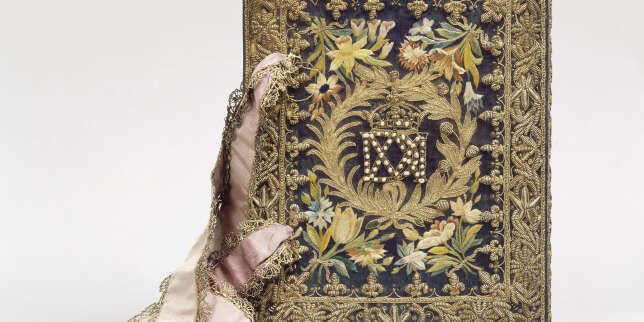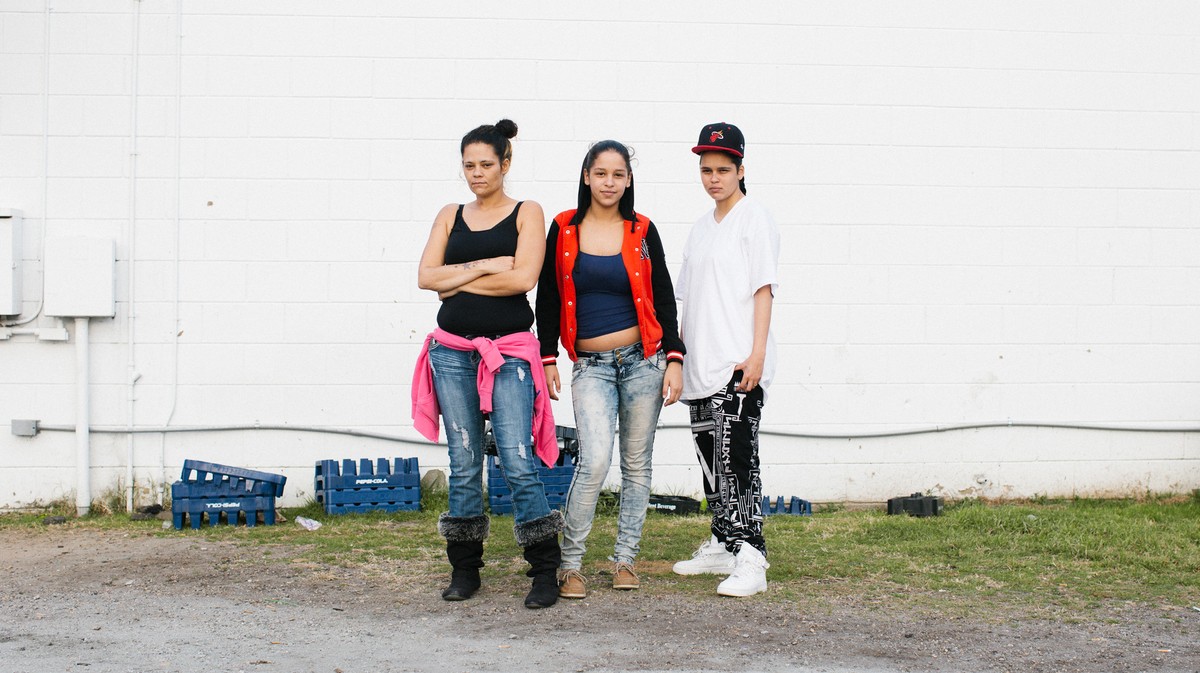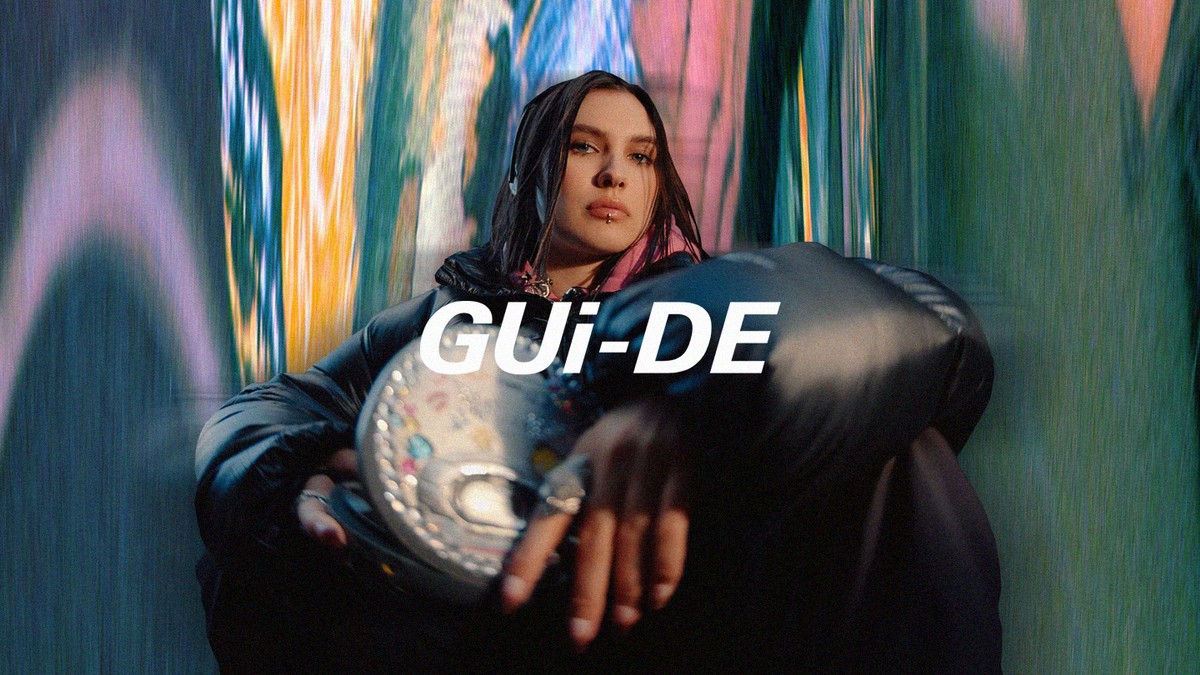Walking on the roof of hell
2016 - Installation (Installation)
30 pairs of Khadau wooden sandals (diameter 152.4 cm), 10 archival prints (each 21 × 29.7 cm), and 1 archival print (110 x 75 cm)
Birender Kumar Yadav
Birender Kumar Yadav comes from Dhanbad, India, a city built on its proximity of iron ore and coal and once forested and inhabited by Indigenous people who compose the Gondwana. The forests were felled and immigrants from northern Bihar and South India were brought to exploit the mineral resources. The Indigenous people were then dispersed to live nomadically, engaging themselves as seasonal workers in farms and industries. These itinerant workers frequently move from one work camp to another, and lack basic identity documents to prove their existence. They come from the fringes of the state and neighboring regions that were once covered in forests, which have since been denuded through mining over the last century.. Indian modernism is often linked to the construction industry as an engine that would lift the country from the repressive societal conditions of caste and poverty. But the very industry on which this political utopia is based is entrenched in exploitation. While studying fine arts in Benaras to become a blacksmith like his father in the Dhanbad coalfields, Yadav encountered people from his hometown, albeit trafficked to work in brick kilns, recognizing them from the creole language they used to communicate with immigrant families such as Yadav’s. Yadav then changed his focus from blacksmithing to documenting the activities of the brick kilns and labor trafficking. Yadav found that Indigenous tribes from Dhanbad were being exploited by gangs that would gather them in groups and make them work in kilns, where bricks were produced by burning charcoal. Walking on the roof of hell reflects on the conditions of these brick-kiln workers from the states of Uttar Pradesh and Bihar. They often work on bonded contracts in lethal work conditions, permanently burning the soles of their feet to manufacture bricks for the construction industry. The work comprises thirty pairs of wooden slippers called Khadau that the workers use while walking on top of the brick kilns, under which are extremely hot charcoal fires used to bake the bricks. Their feet, after years of enduring immeasurable heat, become senseless and hard like terracotta, mimicking sculptures of their sacrifice. Yadav’s project uncovers the popular culture and living stories of the migrants, as a form of personal history writing of the subaltern lives that are often forgotten in India’s decolonial presence.
Birender Kumar Yadav is a multi-disciplinary artist who experiments with various media including painting, sculpture, photography, installation, etching, found and man-made objects, as well as live documentary. Influenced by his early experiences as the son of a blacksmith working in a coal mine, Yadav’s work often draws attention to issues of class hierarchies. Using gunpowder extracted from matchsticks as his primary medium, Yadav explores the complexities of class and identity while performing a commentary on power structures extant in contemporary socio-political structures. Yadav’s work further reflects on the complexity of language, labor, and migration as conceptual constructs in the personal stories that he has inhabited and encountered.
Colors:
Related works sharing similar palette

© » LE MONDE
« L’Art du livre », de Michel Melot et Anne Zali : la splendeur à l’ouvrage Offrir Le Monde Article réservé aux abonnés Reliure originale en soie violette brodée d’or, fleurs et ornements en soie, chiffre de Marie de Médicis et couronne en perles fines, dos long à semé de fleurs de lis dans un encadrement, ruban de gros de Tours parme, avec lisière en dentelle dorée...

© » KADIST
Christopher Badger
2011Drowned Wood Standing Coiled (2011) consists of two sculptures, inextricably linked...

© » KADIST
Gan Chin Lee
2019In Studies of Chinese New Villages II Gan Chin Lee’s realism appears in the format of a fieldwork notebook; capturing present-day surroundings while unpacking their historical memory...

© » ARTS EQUATOR
In a Material World: IMPART Collectors’ Show 2020 & Justice for All | ArtsEquator Thinking and Talking about Arts and Culture in Southeast Asia ArtsEquator Viewpoints Courtesy of artists January 3, 2020 By Aditi Shivaramakrishnan (1,200 words, 5-minute read) When it comes to analysing an artwork, the artist’s choice of materials can be as revelatory as other elements in suggesting what they might wish to communicate...

© » KADIST
Nikita Gale
2020RUINER III by Nikita Gale is part of an on-going numbered series of abstract sculptures in which various ancillary materials necessary for sound production and recording such as towels, foam, and audio cables, are riddled around piping resembling crowd control bollards, lighting trusses, and other like stage architecture...

© » KADIST
Felipe Arturo
2012Primero estaba el mar ( First Was the Sea , 2012) is a system of equivalences between syllables and silhouettes of waveforms cast in cement...

© » KADIST
Sheroanawe Hakihiiwe
2019Perawesi / Estómago de animal / Stomach of animal by Sheroanawe Hakihiiwe exemplify his most abstract work, where he choses particular elements of a living organism to create his renditions...

© » ARTS EQUATOR
Cakap-Cakap: Interview with Anaïs López for The Migrant | ArtsEquator Thinking and Talking about Arts and Culture in Southeast Asia Articles April 28, 2021 In this month’s Cakap-Cakap (chit-chat), ArtsEquator speaks with visual artist Anaïs López about her multimedia exhibition The Migrant which is currently showing at the Chapel Gallery, Objectifs...

© » KADIST
Yuki Kimura
2012Kastura (2012) is an installation consisting of 24 black-and-white photographs of the Katsura Imperial Villa in Kyoto bequeathed by Kimura’s grandfather; free-standing structures on which they are hung; and ornamental plants...











